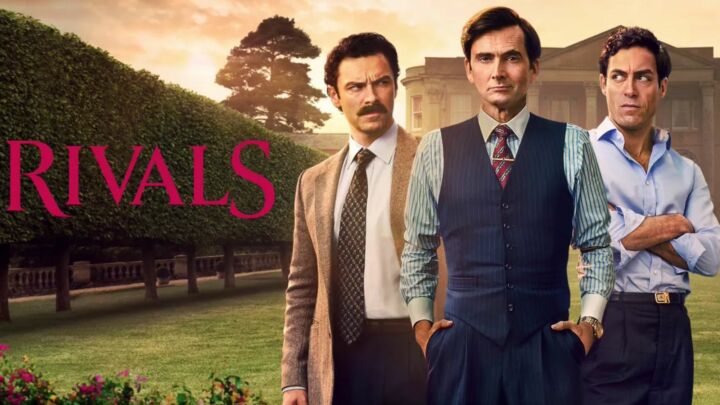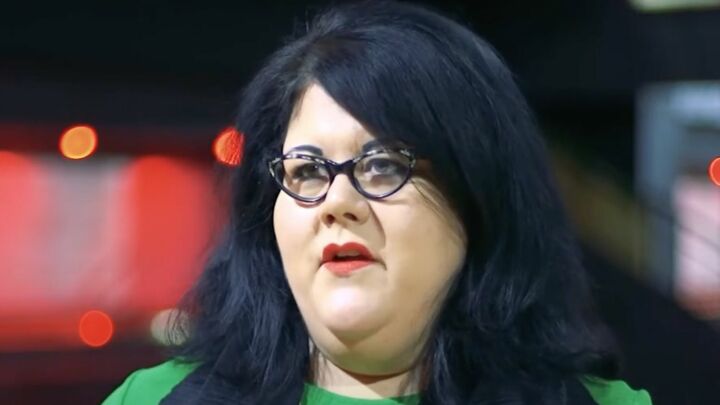The good, the bad and the arts
John Carey’s new book is wrong: there is a basis for artistic judgement.

Want to read spiked ad-free? Become a spiked supporter.
What Good are the Arts?, John Carey, Faber and Faber 2005
In the first half of What Good are the Arts?, John Carey ties his hands firmly behind his back. In the second half, he clambers awkwardly into the ring to champion his beloved literature. As he is stretchered off at the end, it is hard not to admire his efforts, while feeling somewhat bewildered by the whole spectacle.
Carey wants to persuade us that literature is the greatest of artforms, but he doesn’t believe that judgements of this sort have any objective meaning beyond expressing the preferences of their authors. When it comes to judging between artforms, many will be sympathetic to this argument, however compelling Carey’s own case for literature may be. But Carey takes it further, insisting that there is no objective basis for saying that any work of art is better than any other. Art is whatever anyone says is art, even if only for that person, and nobody can claim with any authority that anyone else’s opinion is wrong.
This may seem an eccentric position for a critic and professor of literature. It not only forestalls Carey’s own case for literature, but it undermines the whole business of literary or any other art criticism, rendering it whimsical or merely descriptive. Carey’s otherwise faintly silly suggestion that literature is ‘better’ than other artforms is made all right by this relegation of criticism itself. Like polls meant to decide ‘the nation’s favourite writer’, perhaps, his arguments are not to be taken too seriously.
Indeed, as Carey says: ‘[My arguments] may, of course, persuade some or all of my readers, and I hope they do. But this will not show that they are true, only that they are persuasive. We cannot talk of truth or falsehood except where proof is available, and where proof is available persuasion is not needed.’ Persuasion is made here to seem sordid, an act of low seduction rather than intellectual engagement. While Carey accuses ‘high art’ advocates like the novelist Jeanette Winterson of ‘living in a world of absolutes’, he himself seems unable to imagine anything between laboratory-tested scientific proof and sheer fancy.
Carey sees the assertion that some things are art and others are not as a residual trace of Kant’s theory that there exists a mysterious realm of truth, or ‘supersensible substrate of nature’ where these things are decided. But Kant is not necessary to support strong judgements of value in the arts, or anything else. If I say I’m no footballer, this is not a reference to some transcendental realm: I’m quite willing to concede that if I take part in a kickabout in the park, then in a literal sense, I am a footballer. But anyone watching for five minutes would be perfectly justified in observing, ‘That guy is no footballer’. Philosophically, the statement may be more complicated than it appears, but I think we all know what it means. Isn’t the same true of art? This is the rub.
Whereas football has commonly understood rules (and not just FIFA regulations, but implicit standards anyone who knows the game understands), the arts are increasingly bereft of such a framework. As Carey discusses, old-fashioned conventions determining what is and is not art, and guiding judgements about artistic quality, are increasingly hard to sustain in the face of so-called multiculturalism and a pervasive anti-elitism. Significantly, Carey sees this development not as a challenge to existing standards of artistic judgement, but as an indication that standards per se are unsustainable.
His arguments are philosophical, in both senses of the word. Characterising value judgements in art as the sentiment that ‘What I feel is more valuable than what you feel’, Carey writes, ‘We can see now that such a claim is nonsense psychologically, because other people’s feelings cannot be accessed’. Come again? Responses to art ‘are shut away in other people’s consciousnesses’. So, that’s that, then. Granted, we can never be absolutely certain about what other people feel, but can’t we get a rough idea by, say, talking, and stuff like that? Isn’t communication between consciousnesses what culture is all about?
Carey says he wants other people to read books he has enjoyed because they might enjoy them too. That’s very nice of him, but I suspect that for most of us at least there is more to it than that. We want other people to read and enjoy the books we have read and enjoyed because other people’s agreement will confirm that we are right. Agreement shows that our preferences are not purely individual, but have some basis in the world outside our own heads. I haven’t said that basis is purely objective, or that such agreement proves anything in a strict logical sense. But that would miss the point: as Carey discusses, the various scientific efforts to account for the effects of art in terms of measurable traits or its effect on the brain just don’t cut it: to argue that a book is great is not to make a statement about the natural world.
Indeed, perhaps the thrill of agreement is heightened when we realise the matter of agreement is not purely objective. It affirms that we are united in our subjectivity. Better than being right merely as individuals against objective reality, we are right as participants in a culture.
When Carey and others discussed the book at a recent public event in London, someone in the audience suggested that arts critics are like Narcissus gazing at his own reflection in the pond – what they see is merely a reflection of their own implicit cultural assumptions. Carey was very taken with the analogy, but it surely misses something. One man gazing lovingly at his own reflection may be narcissistic, but a society regarding itself is a culture. There is nothing sad or solipsistic about that. Indeed, it is the rejection of culture in favour of cosmic objectivity that would be truly antisocial. Carey acknowledges this. To be taken right out of one’s culture would be to go mad, he says.
This is not to say that ‘different cultures’ are incommensurable any more than different societies are: culture in this sense is broader than a particular set of beliefs and practices. It is humanity’s collective awareness of itself in a particular historical context, including morality: sometimes conflicting ideas about what makes the good life (and good art). Carey says that ‘moral questions could be defined as questions to which there are no answers’. This might be true for alien observers. Is slavery a good thing or a bad thing? There is no objective answer to satisfy a disinterested Martian. And as Carey suggests, an ancient Greek would find the question incomprehensible. But for us, the answer is obvious. Is the EU constitution a good thing or a bad thing? The answer is less obvious, but it would be ridiculous to say there is no answer. It’s just that we disagree about it. And to disagree is to assert right.
That people disagree about the arts, then, does not mean there is no basis for agreement. If artistic merit is relative only in the same sense that ethics or politics are relative, it is hard to see the point in making such an argument. Carey concedes that artistic judgements, like ethical ones, are not unimportant: they shape our lives. The devastating philosophical critique of the idea of a supersensible substrate of nature turns out to be a bit beside the point, then. Carey would rather not get involved in arguments about artistic merit – he likes what he knows (and as the book demonstrates, he knows a lot) – but he doesn’t want to tell others they are wrong. When it comes to the culture war, Carey is a conscientious objector.
We don’t have to believe in the transcendental notion of art’s value that Carey ridicules to take a more combative approach. The point of arguing about the arts is not to establish for all time that a particular work fulfils some cosmic criteria of artistic worthiness, but to convince fellow members of our own society that it has value according to our own standards and ideals. Those things may shift in subtle and not-subtle ways over time, but it is disingenuous to claim there is nothing to them but personal taste. Properly engaged criticism can speak for more than just the taste of its author, and thus can have a hand in shaping our culture and our lives. John Carey’s distaste for such bold judgements is just that. Supersensible substrata of nature aside, the rest of us remain free to engage with culture, and politics, not as Olympian observers but as red-blooded participants.
Dolan Cummings is editor of Art: What Is It Good For? (buy this book from Amazon(UK)).
Buy What Good are the Arts?, by John Carey, from Amazon (UK)
Celebrate 25 years of spiked!
A media ecosystem dominated by a handful of billionaire owners, bad actors spreading disinformation online and the rich and powerful trying to stop us publishing stories. But we have you on our side. help to fund our journalism and those who choose All-access digital enjoy exclusive extras:
- Unlimited articles in our app and ad-free reading on all devices
- Exclusive newsletter and far fewer asks for support
- Full access to the Guardian Feast app
If you can, please support us on a monthly basis and make a big impact in support of open, independent journalism. Thank you.






Comments
Want to join the conversation?
Only spiked supporters and patrons, who donate regularly to us, can comment on our articles.